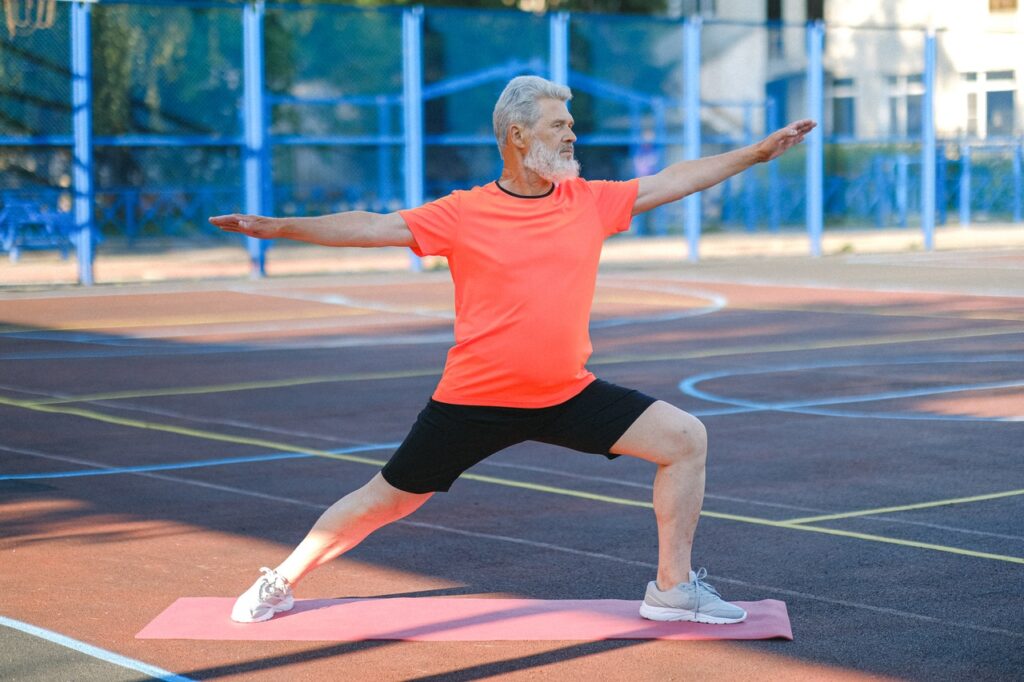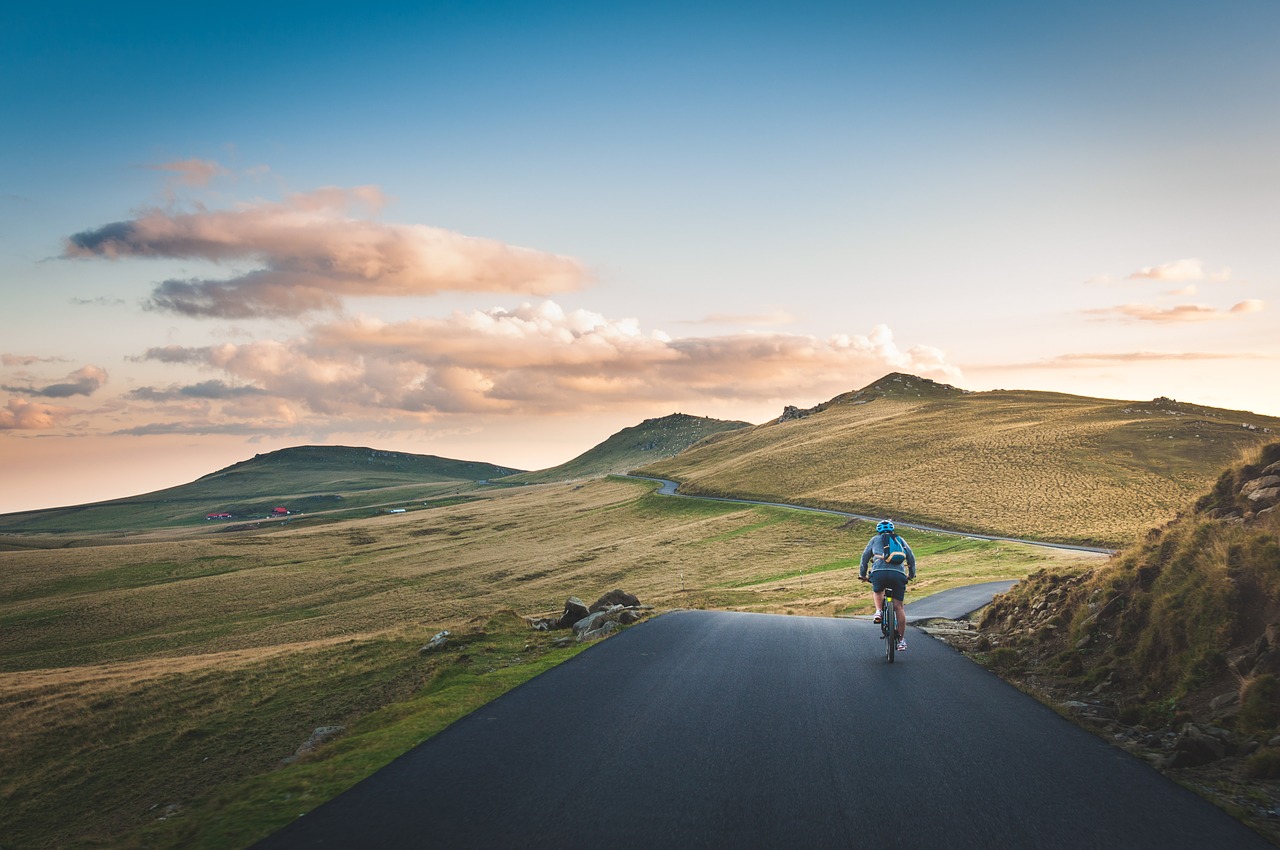How many times have you taken a group fitness class, just for people to start filing out of the room as soon as the instructor reaches the stretching segment?
Simply put, not enough Americans stretch regularly.
Despite whether you exercise habitually or not, a lot of us are sitting at desks for extended periods of time each week which tightens our muscles. The domino effect to that is joint pain, muscle strain and an increased risk for injury. Those reasons alone should be enough to inspire you to get your stretch on! But what is the best way to stretch?

Contrary to popular belief, your best bet is to stretch after a workout. The best time to stretch is when the muscles are warm and loose, so save the static stretching for when you’ve finished exercising. A 2013 study found that static stretching, when done alone before working out, leads to decreases in strength, power and explosive performance. And if you think stretching before a workout will benefit you in terms of injury prevention, think again! However, dynamic stretches or short cardio movement patterns will benefit you in priming the body for your upcoming workout.
When you’re stretching, it’s vital to breathe deeply and gently throughout the course of each movement. Start off by assuming the position of your stretch until you feel slight tension in the targeted muscles. As you focus on breathing in and out, you’ll be able to relax deeper into the stretch. Remember: Nobody benefits when you hold your breath! Your body tenses up, making it more difficult for oxygen to flow to your muscles. Hold each stretch for at least 30 seconds, and avoid bouncing or any other sudden movements that could overstretch the muscle and result in injury.
Speaking of injuries, if you’ve ever had one, then you know how easy it is to start favoring your non-injured side. For example, if you had surgery on your left knee, it’s likely that you’ll favor your right since your left is initially weaker. That makes it even more important to evenly distribute your stretching. Equally stretching both sides of your body will improve your range of motion while restoring your balance.
It doesn’t matter if you prefer leg day or arm day. The fact of the matter is that getting a full body stretch is important for increasing flexibility as well as improving circulation. There are tons of stretches you can try, but make sure you hit these muscle groups at least twice a week for maximum benefits:
- Hamstrings
- Quads
- Hips
- Calves
- Glutes
- Back
- Shoulders
- Biceps and triceps

Stretching may not be as fun as the workout itself, but it plays just as much of a role in strengthening your body. You’ll become more flexible while increasing mobility, which directly translates to helping you improve exercise movements. Imagine how much deeper you could go into a squat! Regular stretching also improves posture, reduces muscle stiffness, and aids in stress relief.
Picture Credit: Pexels, Shutterstock, Unsplash









